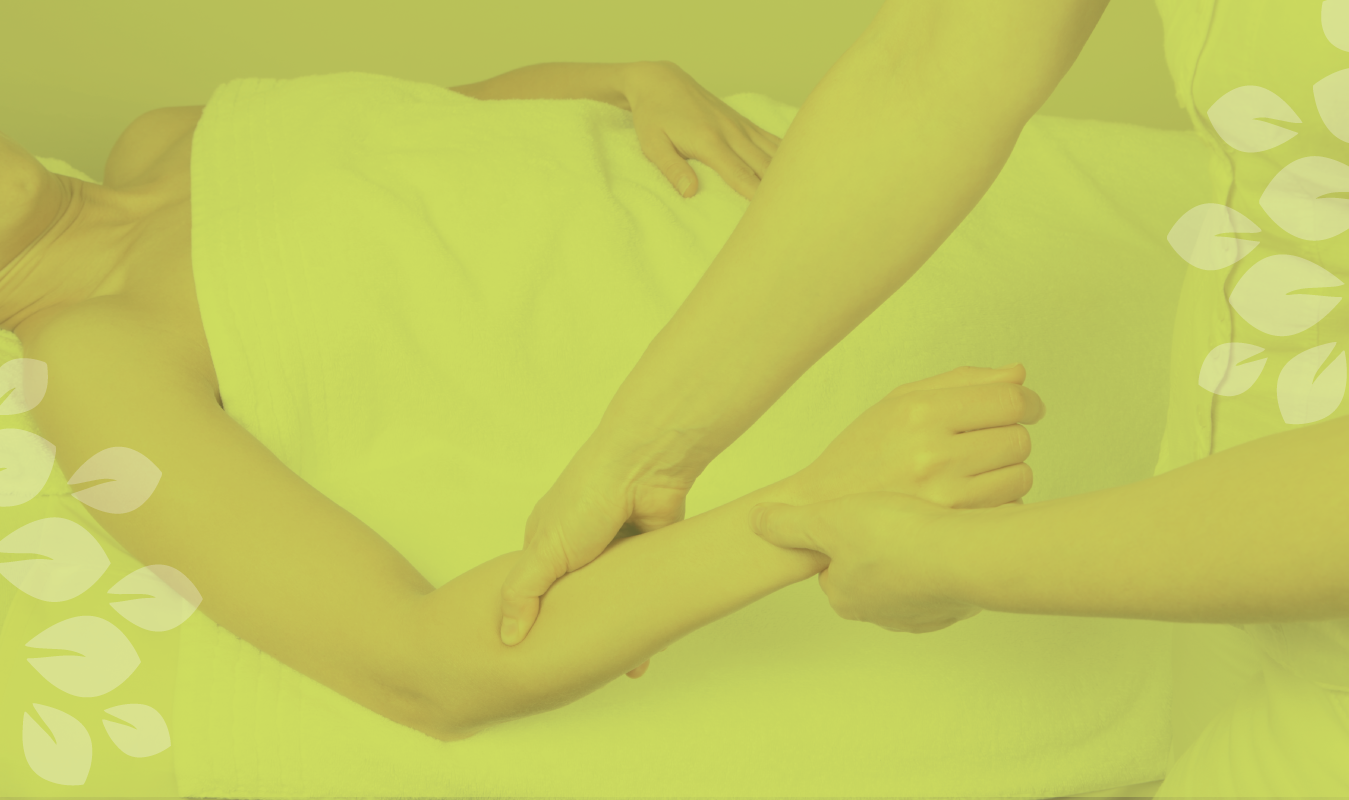28 May Core Strength & Core Stability
Core Strength & Core Stability
What is Core strength and core stability?
A well trained core is essential for optimal performance and injury prevention. There is much emphasis placed on developing core stability but there is poor understanding of what core stability is by and how to develop core stability. From my experience with patients they are doing core strength based exercises for core stability when in reality they are doing core strength work. For clarification core strength is not core stability and you cannot improve core stability by doing core strength exercises. This can lead to lower back and onto pelvic problems if the body’s muscles are unable to withstand these forces applied to spine.
Sit ups, crunches and movements that bend forward the upper body are taught in many centres and these are strengthening exercises and research has shown these exercises are involved in creating low back pain rather than preventing low back pain.
Core strength and core stability are not the same thing. Strength comes from muscles producing a movement to perform a specific action, for example repeatedly contracting upper arm muscles to bend the elbow thus developing the bicep muscle.
Stability is increasing the internal cavity pressure within the body to stiffen the torso so it won’t collapse under strain from activity. For example if you bend knees to lift a heavy box and not increase cavity pressure it will increase strain onto the low back joints and muscles, whereas if you do same movement and take breath in and hold it and then lift heavy box the strain is spread over the whole torso and not just the low back joints and muscles.
What needs to happen is the need for people to be taught proper exercise for developing core stability and your osteopath and personal trainers can offer good advice on this, but if you have an existing low back complaint you are better see your osteopath as there may be other factors to be resolved first.


